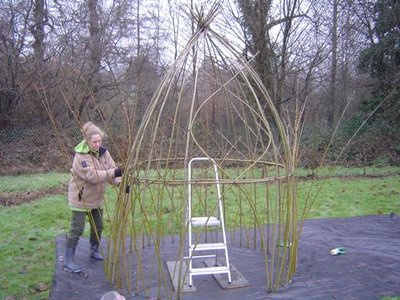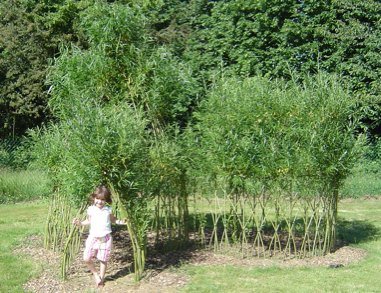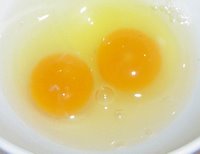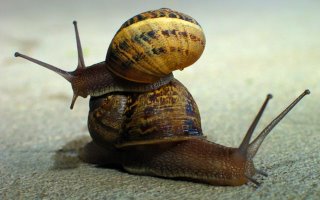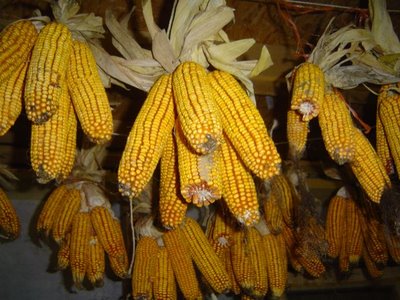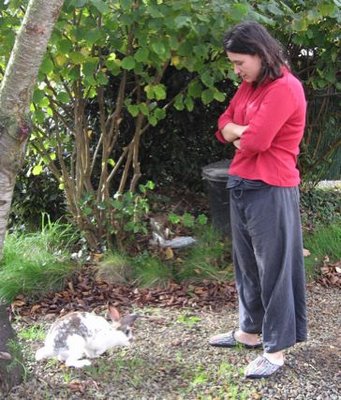

Rabbits are seen differently here in France to how they are in England. In England, a domestic rabbit is a child’s pet and a wild rabbit, of which there are many, a pest. For everything from the ethics of eating game animals through to how to prepare the carcass to some recipes, have a read of Hugh Fernley-Whittingstall’s books, The River Cottage Cookbook pp 364,367 and The River Cottage Meat Book pp 150,177.
Here, rabbits are raised for meat, either farmed and sold in butchers and supermarkets or bred on a domestic scale in hutches in the garden. The meat, according to the Food & Agriculture Organisation of the United Nations, is “highly nutritious, low-fat, low-cholesterol meat rich in proteins and certain vitamins and minerals”.
Our friends Julie (in photo above) and Samuel have recently begun their meat production line with a breeding pair kept in separate hutches. A single female can produce from 25 to 40 offspring a year. Unfortunately, their female took an extreme dislike to the male and fought with him each time they were introduced rather than going at it like … rabbits! Their solution was to eat the female and buy another. In The New Complete Book of Self-Sufficiency, John Seymour warns that the doe (female) must always be taken to the buck’s (male’s) hutch and never the other way round, “or their will be fighting” p 124. You can perhaps guess which way round Julie and Sam were doing it … oops!
As we’re in France, it’s high time that I started some bilingual blogging, and so I’ll attempt to put a link to the French language version.


